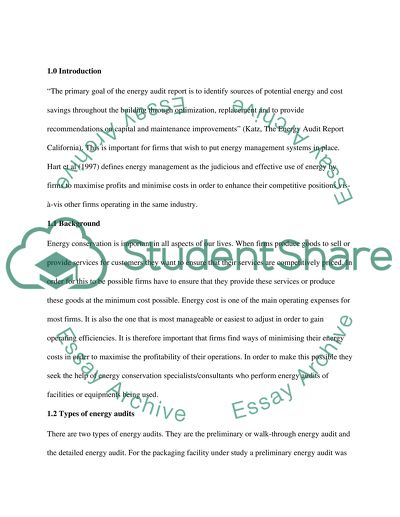Cite this document
(“Industrial application of energy audit Essay Example | Topics and Well Written Essays - 3000 words”, n.d.)
Retrieved from https://studentshare.org/environmental-studies/1406376-industrial-application-of-energy-audit
Retrieved from https://studentshare.org/environmental-studies/1406376-industrial-application-of-energy-audit
(Industrial Application of Energy Audit Essay Example | Topics and Well Written Essays - 3000 Words)
https://studentshare.org/environmental-studies/1406376-industrial-application-of-energy-audit.
https://studentshare.org/environmental-studies/1406376-industrial-application-of-energy-audit.
“Industrial Application of Energy Audit Essay Example | Topics and Well Written Essays - 3000 Words”, n.d. https://studentshare.org/environmental-studies/1406376-industrial-application-of-energy-audit.


